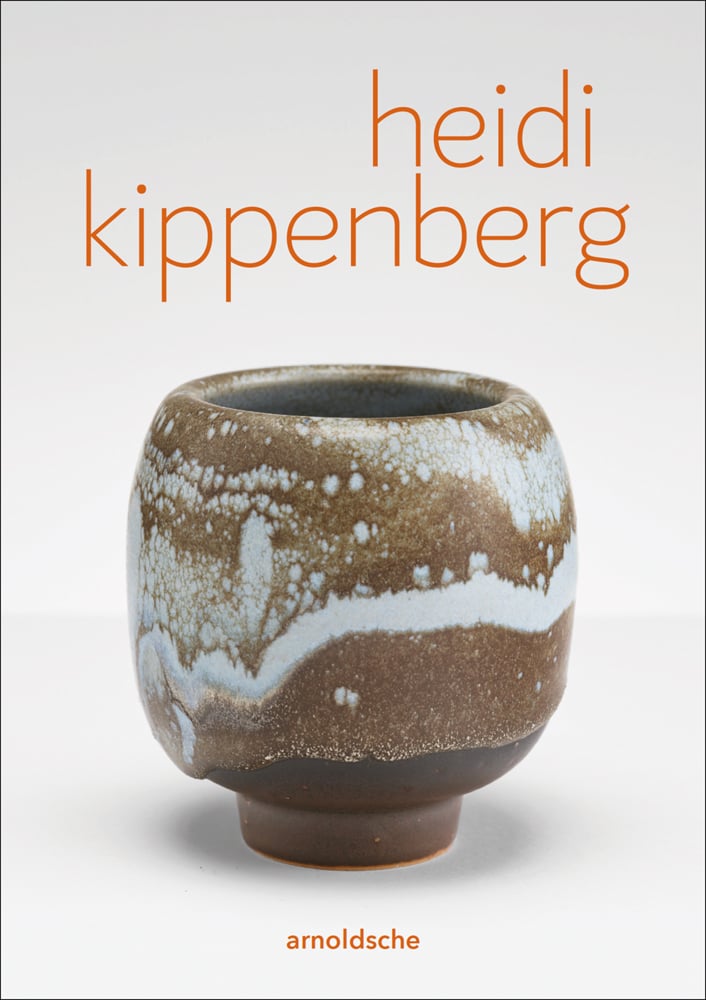Classicism and Experiment
Heidi Kipperberg’s Eightieth Birthday
Heidi Kippenberg studied with one of the classic German ceramicists. This year she is celebrating her eightieth birthday, having long achieved that same status herself.
In the mid-1960s, she studied under Walter Popp, the legendary teacher at the Kunsthochschule Kassel, whose work brought new dimensions to the ceramic vessel, with glazes inspired by the Art Informel movement and unprecedented compositions assembled from wheel-thrown parts. Kippenberg internalised Popp’s aesthetic but also adapted and transformed it, adding her own, unmistakable touch that made her stoneware pieces recognisably a product of the Kasseler Schule but also uniquely her own.
She created powerful, wheel-thrown, strong-walled vessels, semi-spherical bowls and barrel forms on offset bases, with thick monochrome glazes, delicate feldspar and impure black and brown ash glazes. Some are dipped in contrasting glazes or marked with sign-like accentuations and Tachist splatter. Early in her career, she also made complex assemblages made from individual wheel-thrown parts, morphing the vessel into a rhythmically structured, plastic composition.
But within a few years, she shook off Popp’s influence. The luminous smoothness and cool perfection of her earlier vessels made way for works that explored the genuine possibilities of ceramics. From 1973, in addition to wheel-thrown vessels, she fashioned pots that were built and mounted, leaving turning marks, cutting, carving or applying abstract relief decoration, allowing the surfaces to thrive on the technique through which they were made, letting them breathe through the thinner glazing, whose chromatics now appeared less artificial and more subtly natural.
